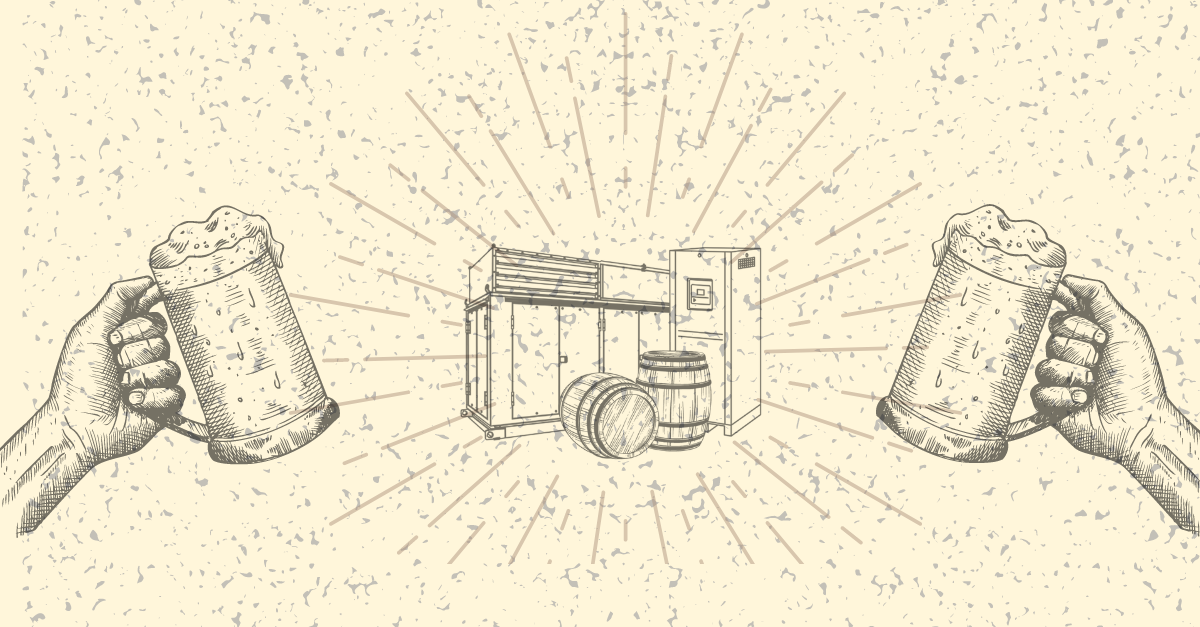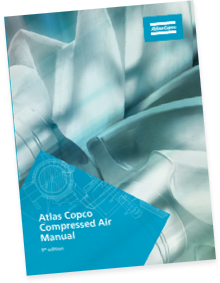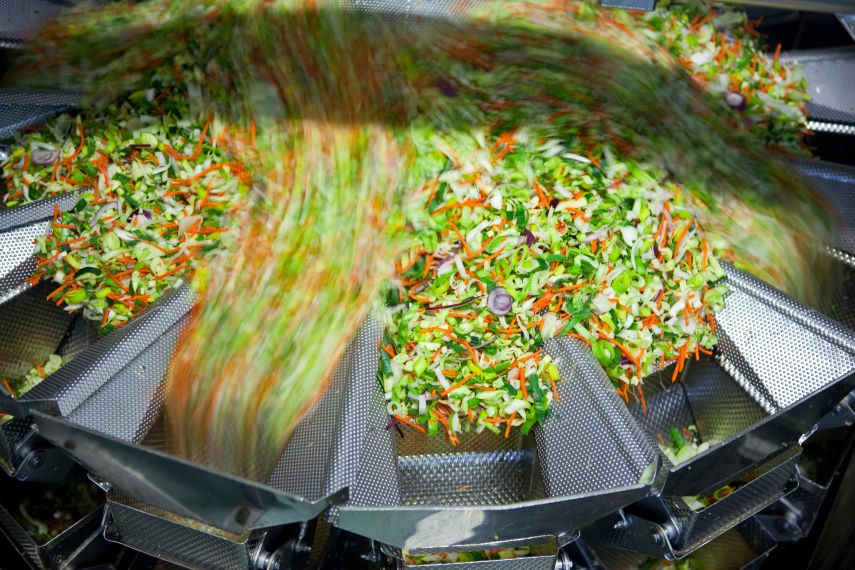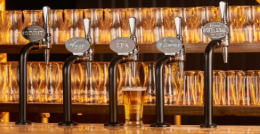There are some things that just go together: peanut butter and jelly, blue jeans and a basic white tee, spaghetti and meatballs. But compressed air and nitrogen gas and the fashion industry? We’ve got to be kidding, right?
On The Fifth Utility, we often profile a wide variety of industries and applications that rely on compressed air or gas. While you may not be up on the latest fashions being introduced this week on the many catwalks at New York Fashion Week, you are likely familiar with one of many tools used in the fashion industry – the sewing needle. Such a seemingly insignificant tool, along with its trusty partner thread, helps turn mere pieces of fabric into the clothing we wear every day.
At the Singer sewing machine factory in Indaiatuba, Brazil, some 180 million sewing needles are produced every year. The carbon steel needles undergo a heat treatment process called tempering, where they pass through an oven heated to 1,470 degrees Fahrenheit. During the process, which strengthens the steel, oxygen is removed from the oven and replaced with nitrogen gas to create an inert atmosphere. If even a small amount of oxygen touches the carbon steel at such a high temperature, corrosion will immediately affect the material and render it useless.
To ensure the absolute purity and reliability of nitrogen gas for this process, and to reduce costs and increase productivity, the factory switched from bulk delivery of liquid nitrogen to onsite nitrogen generation. Even with the capital costs associated with onsite nitrogen generation, including compressed air equipment, power and maintenance, companies can reduce costs and realize a return on investment in as few as nine to 24 months depending on the equipment already present at the facility. Plus, in each subsequent year, regular operational expenses can drop even further.
Applications that use onsite gas generation range from the chemical, marine, electronics, food and beverage and packaging industries to medical, waste water treatment, fish farming and ozone production. If you would like to learn more about onsite nitrogen gas generation for your operation, visit Atlas Copco’s onsite industrial gases microsite.




